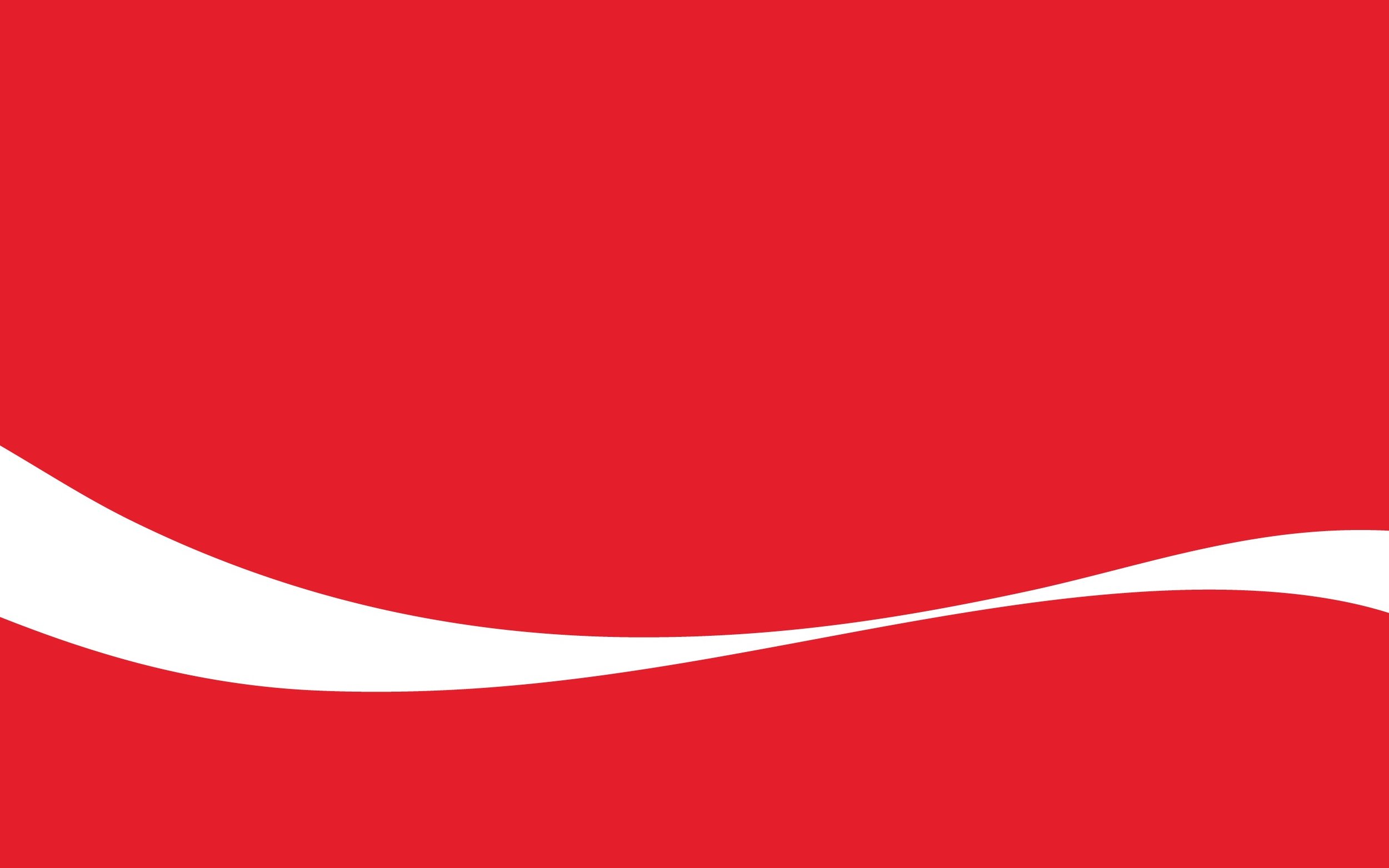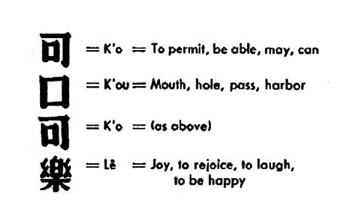Pinterest, the latest addition to social media, is asking their viewers to translate their website and content by using a popular new online tool called “crowd sourcing” that gets people who visit the site to help translate it. But just like I did not recommend “machine” translations for your important documents which should include your website, I don’t recommend “crowd” sourcing the translation of your website either. Here’s why:
Poor Quality: again, asking a bilingual person to translate your website is like asking a Spanish (or in the case of my prior post, Russian) person to teach Spanish History just because this person speaks Spanish and lives in Spain, you can’t. It takes years of preparation to be able to teach Spanish history well and fully.
Lack of Consistency: crowd souring means many different people will be contributing to the translation of your website, and like with anything else, each person has his or her own style as well as their own choice of words when translating a word or phrase that has different options. The end result will be an inconsistent translation that will end up confusing the visitors to the translated site.
Lack of Control: crowd sourcing won’t let you have control of the message you want your website to create. Even though Pinterest’s content is user-generated, each user will lose control of his message, it will very likely be lost in translation.
Maybe Pinterest should consider using professional translators for the website itself and crowd sourcing for daily postings by users.



